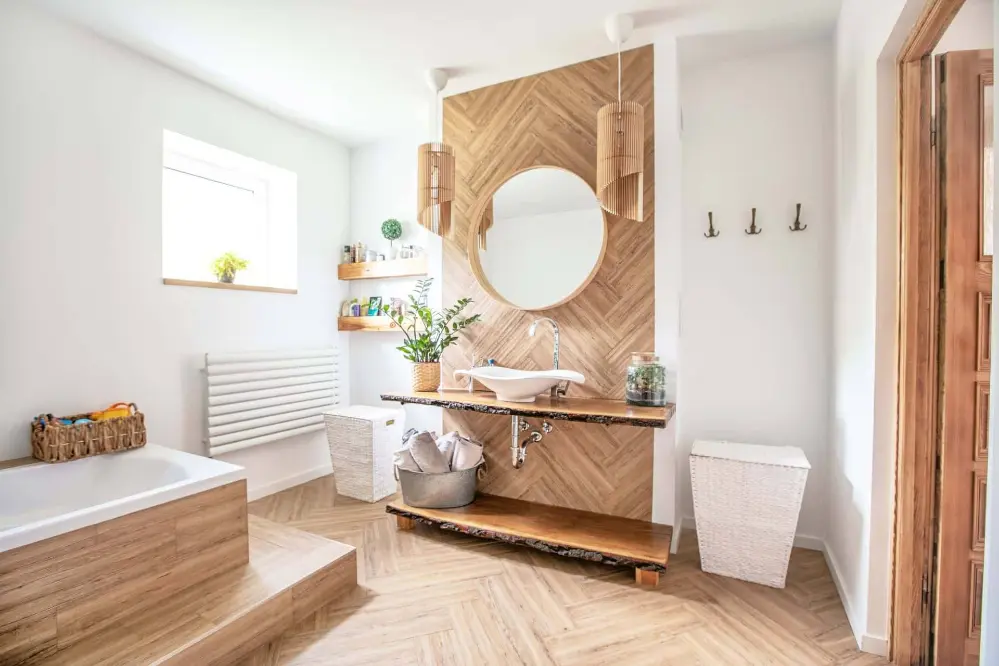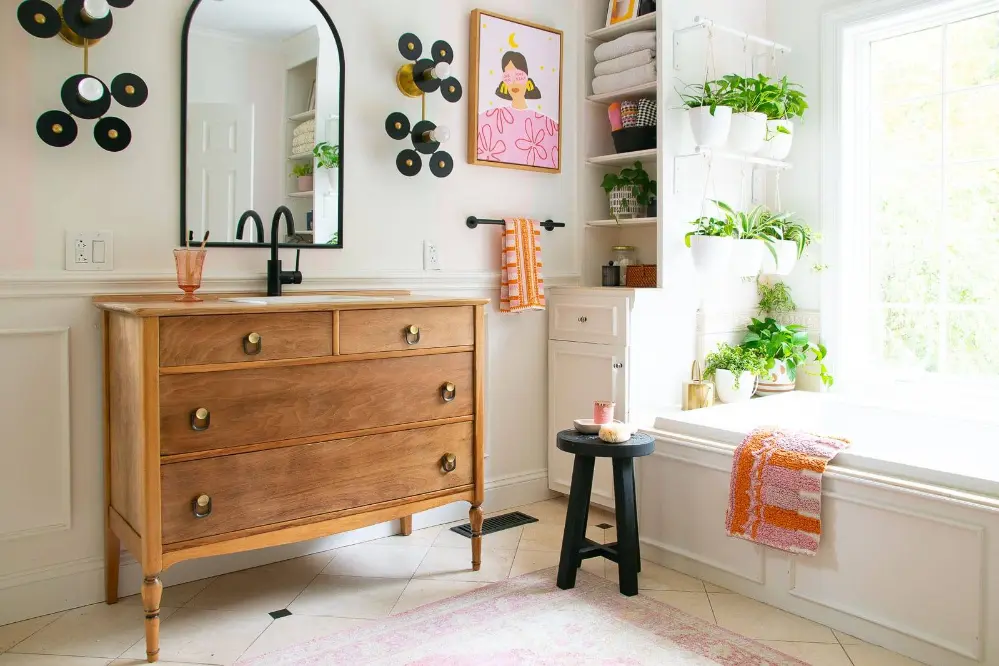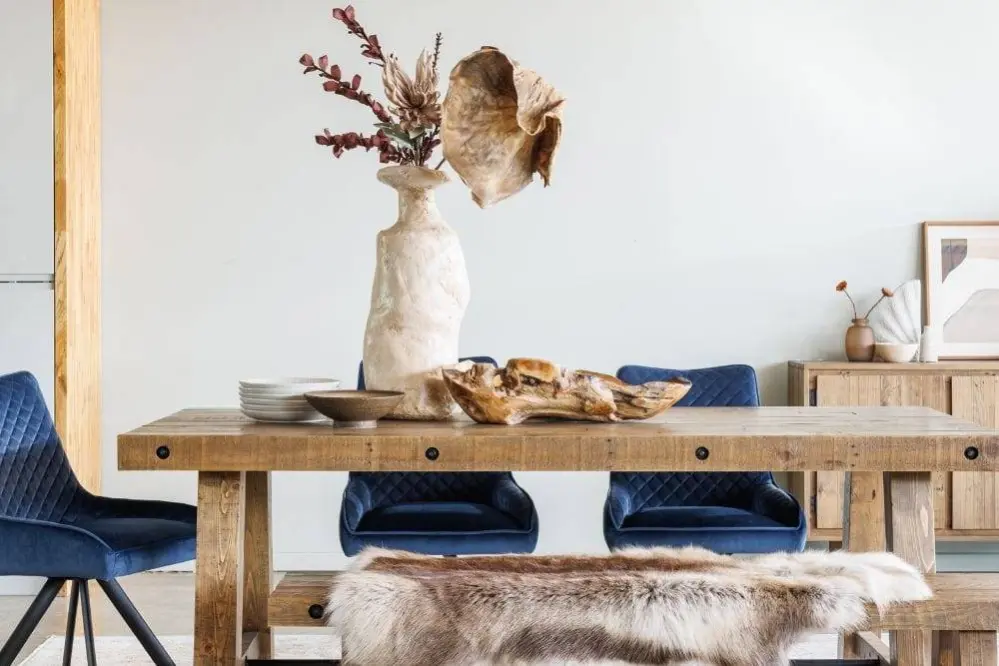Sustainable Interior Design
Team Avasa • 2025-01-15 • Home Improvement

Sustainable interior design is no longer a niche trend—it’s a necessity. Start by auditing your home’s environmental footprint. Replace synthetic materials with organic alternatives: organic cotton bedding, hemp curtains, or wool rugs free from chemical dyes. Low-VOC paints, such as those by Benjamin Moore’s Natura line, improve indoor air quality while offering rich, durable finishes.

Furniture choices matter. Reclaimed wood dining tables or vintage dressers reduce demand for new resources. Brands like Emeco and Vitra prioritize recycled materials—Emeco’s iconic Navy Chair, for instance, is crafted from recycled aluminum. For a DIY approach, repurpose old items: transform wine crates into floating shelves or paint outdated cabinets for a fresh look.

Energy efficiency is key. Install smart thermostats like Nest to optimize heating and cooling, and switch to LED bulbs, which use 75% less energy than incandescent options. Double-glazed windows and proper insulation reduce energy waste, while solar-powered outdoor lighting enhances curb appeal sustainably.

Don’t overlook decor. Indoor plants like snake plants or peace lilies act as natural air purifiers. For flooring, bamboo (a fast-renewing resource) or cork (harvested without harming trees) are stellar options. Even small swaps, like biodegradable cleaning products or reusable beeswax wraps, contribute to a greener lifestyle. Sustainability isn’t about perfection—it’s about mindful progress.

